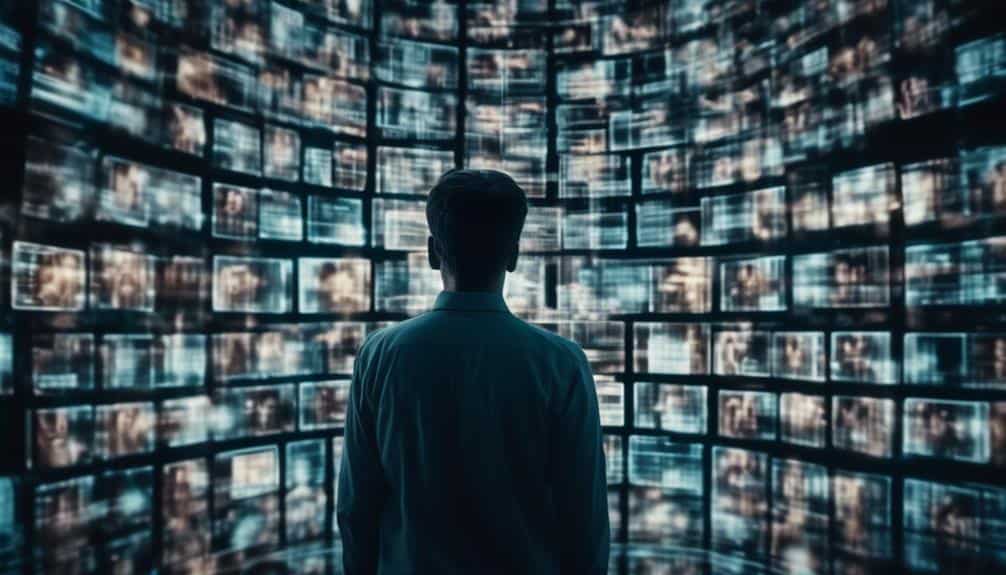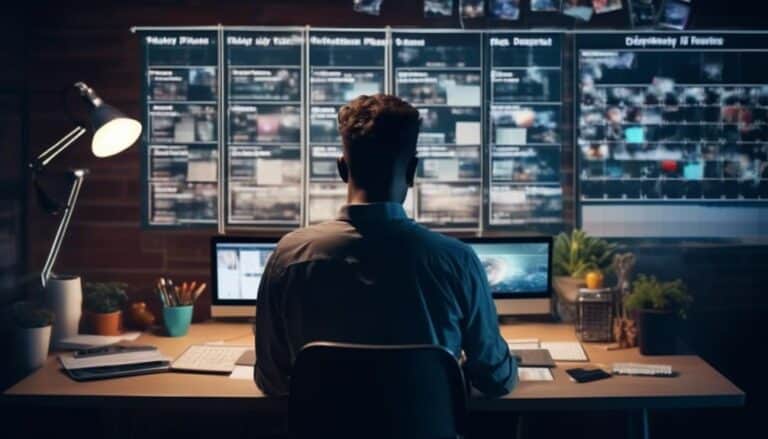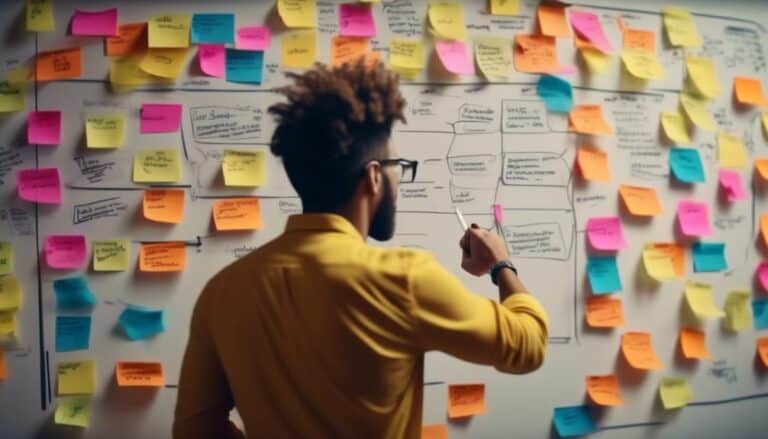Avoiding the Pitfalls of Misinformation in the Digital Age
In an era where information flows freely and abundantly, navigating the vast sea of data can be akin to finding a needle in a haystack. The digital age has brought unprecedented access to knowledge, yet it has also paved the way for the proliferation of misinformation.
How can you ensure that the content you encounter is accurate and reliable? By honing your skills in recognizing misinformation cues, employing effective fact-checking strategies, critically evaluating sources, understanding the impact of misinformation, and developing your digital literacy, you can safeguard yourself against the pitfalls that lurk in the digital realm.
Key Takeaways
- Watch out for sensationalist headlines and emotional content
- Cross-check information with reputable sources
- Scrutinize author expertise and potential biases
- Cultivate media literacy to distinguish facts from fiction
Recognizing Misinformation Cues
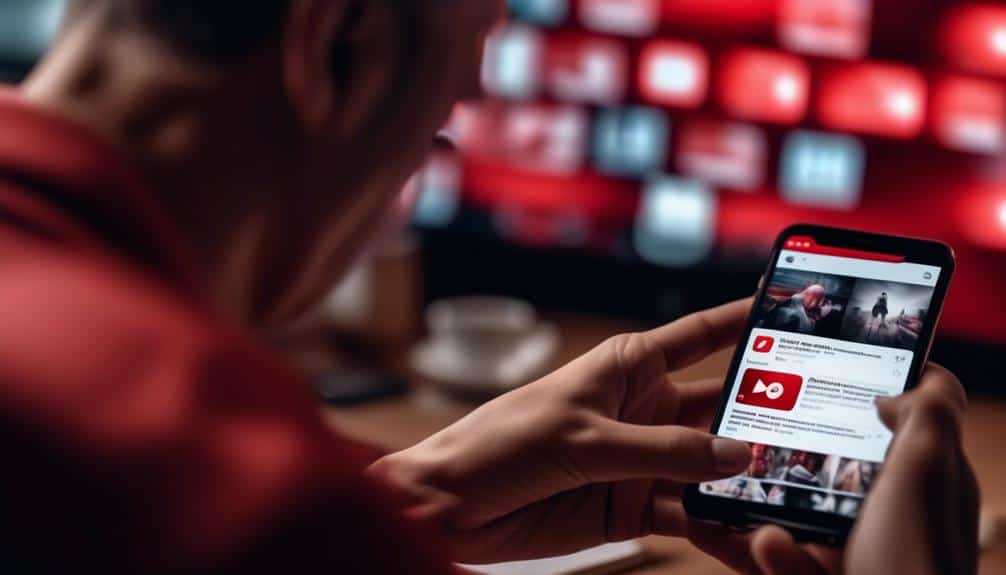
Recognize key cues that indicate misinformation when navigating through online content. Identifying red flags is crucial in this digital age to avoid falling prey to false information. One common pitfall is cognitive biases, which can lead you to accept information that aligns with your preconceived beliefs without critically evaluating its validity.
Be wary of sensationalist headlines or content that evokes strong emotional responses, as these can often be indicators of misinformation. Additionally, look out for sources that lack credibility or have a history of spreading false information. Cross-checking information with reputable sources can help confirm its accuracy and prevent the spread of misinformation.
Remember to remain vigilant and question the information you encounter online. By being aware of these red flags and cognitive biases, you can better equip yourself to navigate the vast landscape of digital content and separate fact from fiction. Stay informed, stay critical, and stay curious in your quest for truth amidst the vast sea of information available online.
Fact-Checking Strategies
In the pursuit of navigating online content effectively and avoiding misinformation, employing reliable fact-checking strategies is paramount. Media literacy plays a crucial role in enabling individuals to discern between credible information and falsehoods.
When fact-checking, consider the source of the information. Verify if the author or organization has a history of producing accurate content. Cross-referencing the information with reputable sources can further validate its accuracy. Information validation involves assessing the evidence provided to support the claims made. Look for direct quotes, data sources, or citations that substantiate the information presented.
Additionally, fact-checking tools and websites can aid in confirming the legitimacy of content. Developing a habit of fact-checking before sharing or believing information can contribute to a more informed online community. By honing your fact-checking skills and cultivating media literacy, you empower yourself to navigate the digital landscape with discernment and accuracy.
Evaluating Sources Critically

When assessing the credibility of sources online, it's crucial to scrutinize the author's expertise and potential biases. Source credibility is a key factor in determining the reliability of information. Consider the author's qualifications, affiliations, and track record in the subject matter. Look for authors with relevant expertise or credentials in the field they're discussing.
Additionally, be aware of confirmation bias, which occurs when individuals seek out information that aligns with their preexisting beliefs. To combat this bias, diversify your sources and actively seek out differing perspectives. Evaluate the objectivity of the information presented and be wary of sources that exhibit strong biases or agendas.
Understanding the Impact of Misinformation
To comprehend the far-reaching consequences of misinformation, it's essential to grasp how unreliable sources can distort perceptions and shape beliefs in the digital landscape. Misinformation can lead to significant societal consequences, causing divisions, spreading falsehoods, and eroding trust within communities.
On an individual level, the psychological effects of encountering false information can be profound, leading to confusion, anxiety, and a skewed worldview. In today's digital age, where information overload is a common issue, individuals may find themselves trapped in filter bubbles, only exposed to content that aligns with their existing beliefs. This can further exacerbate the spread and impact of misinformation, as individuals become less likely to critically evaluate information that contradicts their perspectives.
Understanding the impact of misinformation goes beyond recognizing its immediate effects; it requires a deeper understanding of how it influences societies and individuals over time. By being aware of the societal consequences and psychological effects of misinformation, individuals can take proactive steps to combat its spread and mitigate its damaging influence on society.
Developing Digital Literacy Skills
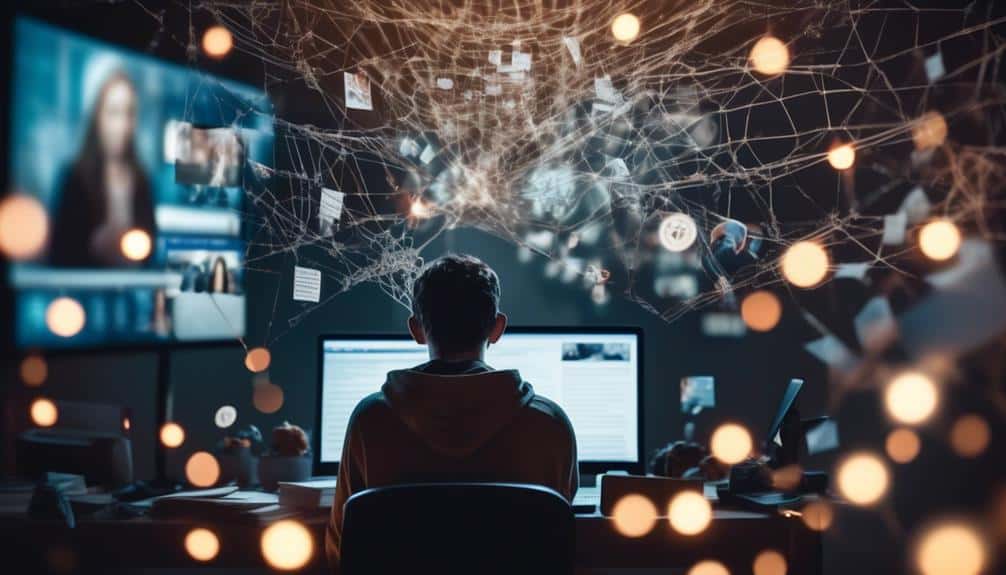
Developing digital literacy skills involves critically analyzing online information to discern between credible sources and misinformation. In today's digital landscape, where information is abundant and easily accessible, honing your critical thinking abilities is paramount. By cultivating media literacy, you can sift through the vast sea of information to distinguish facts from fiction. Understanding how to evaluate sources, fact-check information, and recognize bias will empower you to navigate the digital world more effectively.
Engaging in critical thinking when consuming online content enables you to question the validity of information presented to you. It equips you with the tools to identify misleading narratives and false claims, ultimately helping you make informed decisions. Media literacy goes beyond simply consuming information; it involves actively participating in the digital realm with a discerning eye.
Frequently Asked Questions
How Can Algorithms on Social Media Platforms Contribute to the Spread of Misinformation?
Algorithms on social media platforms can contribute to the spread of misinformation through algorithm bias and information overload. These factors can inadvertently prioritize and amplify false or misleading content to unsuspecting users.
Are There Any Legal Consequences for Individuals or Organizations That Intentionally Spread Misinformation?
Legal implications for spreading misinformation are significant. Individuals or organizations can face accountability through various laws. Impact on society is profound, leading to erosion of trust and potential harm. Consequences vary based on jurisdiction.
What Role Do Conspiracy Theories Play in the Dissemination of False Information Online?
Conspiracy theories thrive in echo chambers online, shaping beliefs and behaviors. Understanding the psychology behind conspiracies is crucial to combat false information. By recognizing the impact of echo chambers, we can navigate the digital landscape more effectively.
How Can Individuals Distinguish Between Satire and Genuine News Sources in the Digital Age?
To discern between satire and real news, hone your critical thinking skills. Engage in media literacy by fact-checking sources. Look for cues like exaggerated details or absurd premises to detect satire accurately.
Is There a Correlation Between the Rise of Misinformation and Declining Trust in Traditional Media Outlets?
When considering the correlation between the rise of misinformation and declining trust in traditional media outlets, it's essential to analyze how credibility impacts public perception. Understanding the factors influencing trust can shed light on this complex relationship.
Conclusion
In conclusion, navigating the digital landscape requires vigilance in recognizing misinformation cues, employing fact-checking strategies, evaluating sources critically, understanding the impact of misinformation, and developing digital literacy skills.
By arming yourself with these tools, you can better protect yourself and others from falling victim to the pitfalls of misinformation in the digital age.
Stay informed, stay skeptical, and stay engaged in the pursuit of truth.
